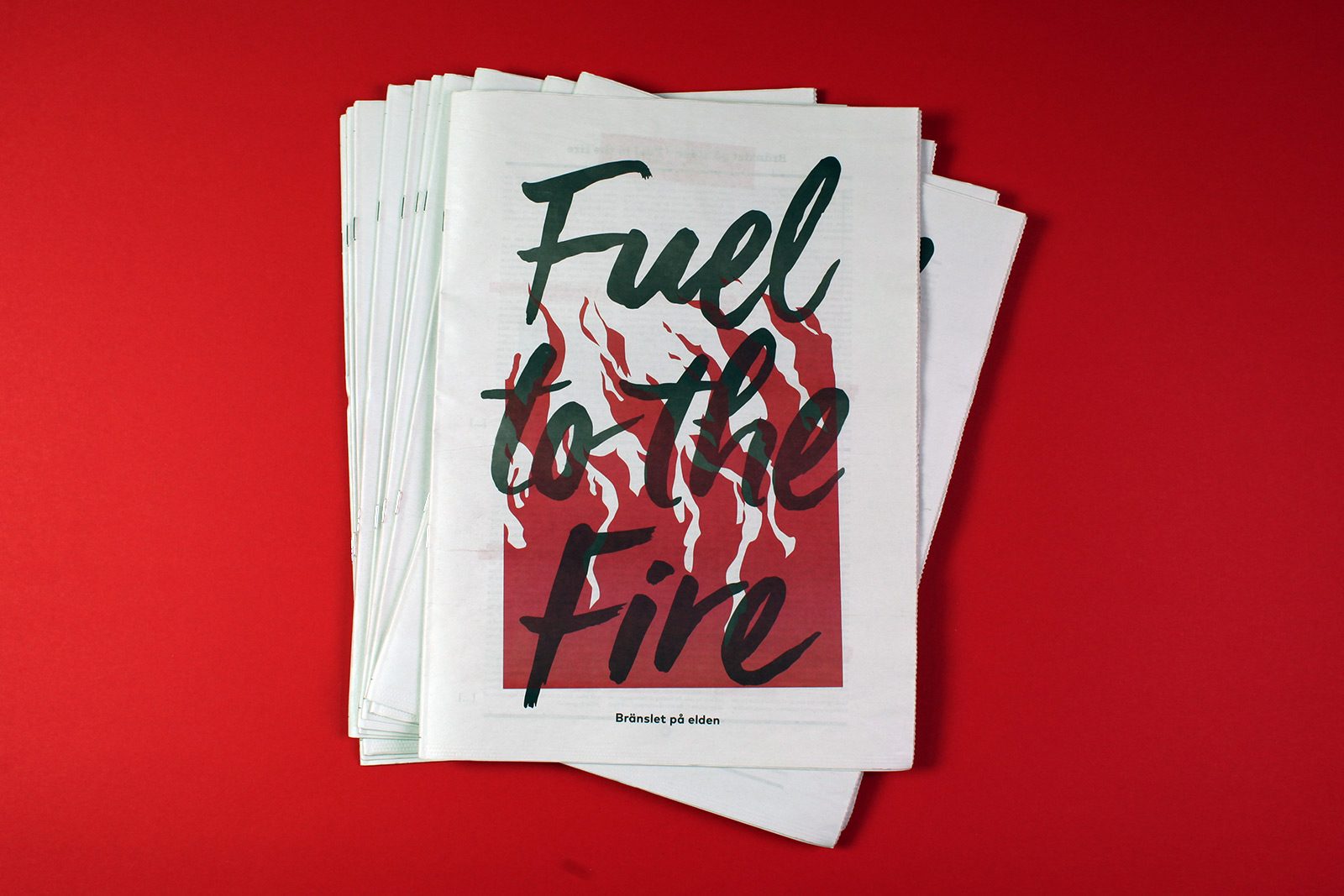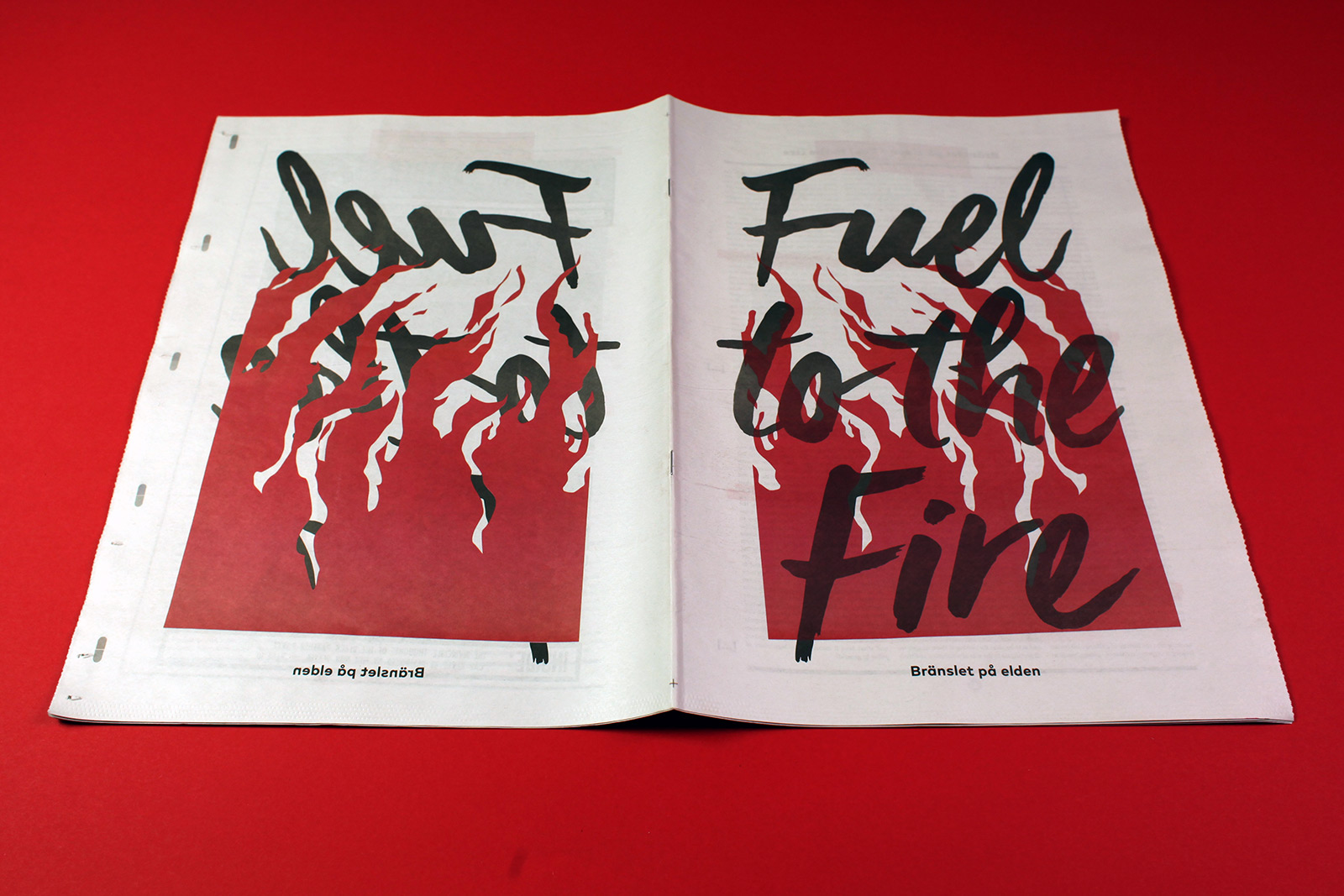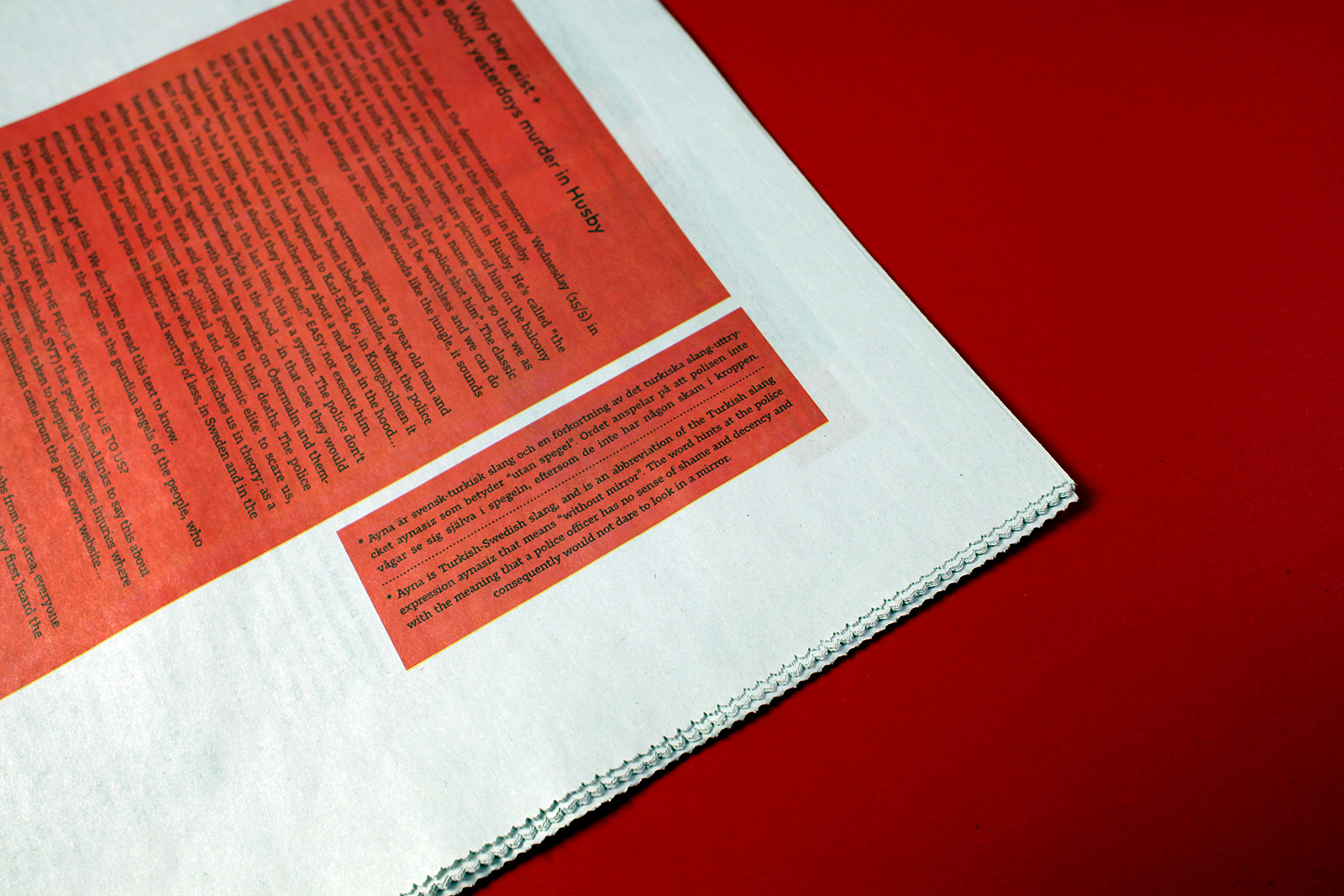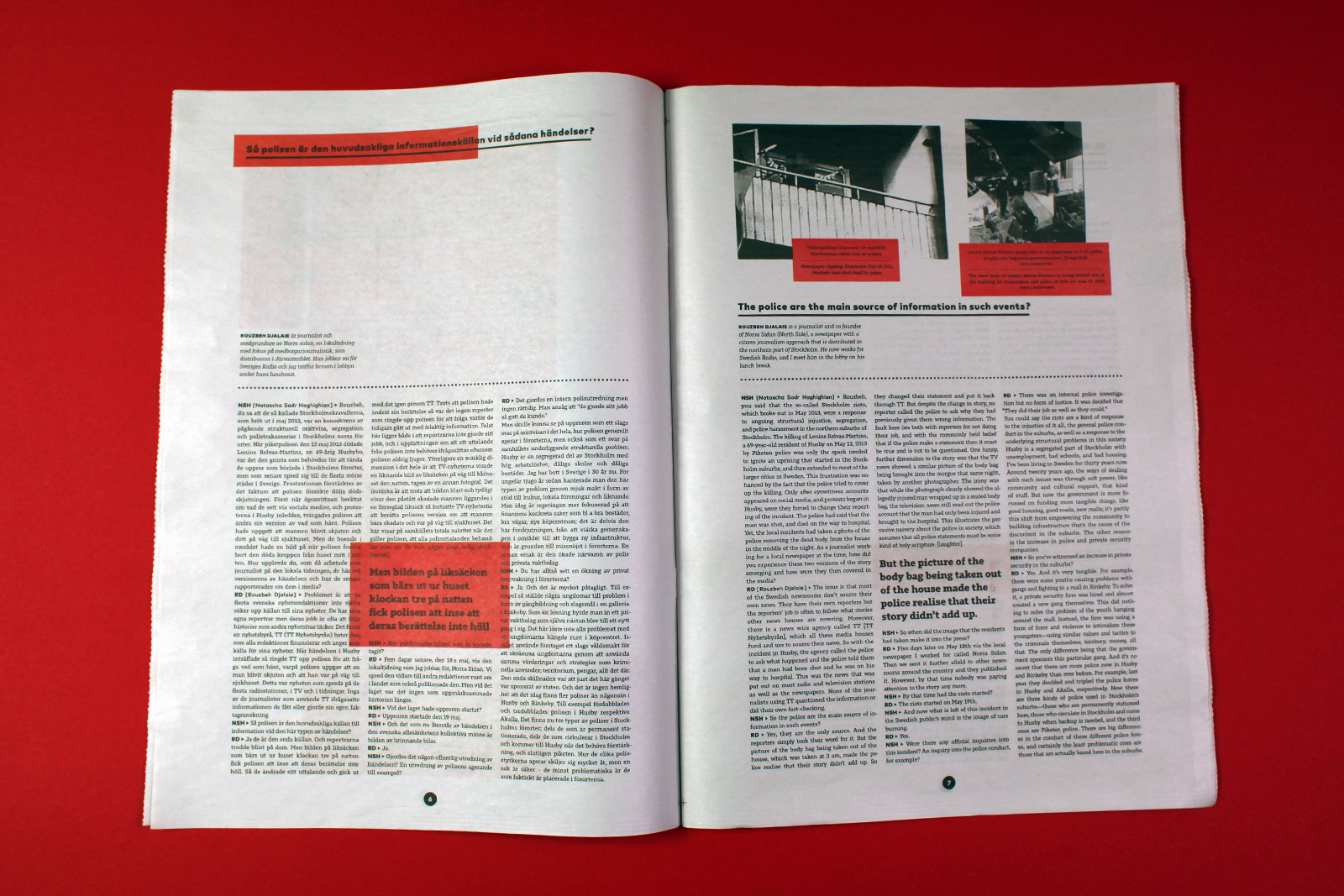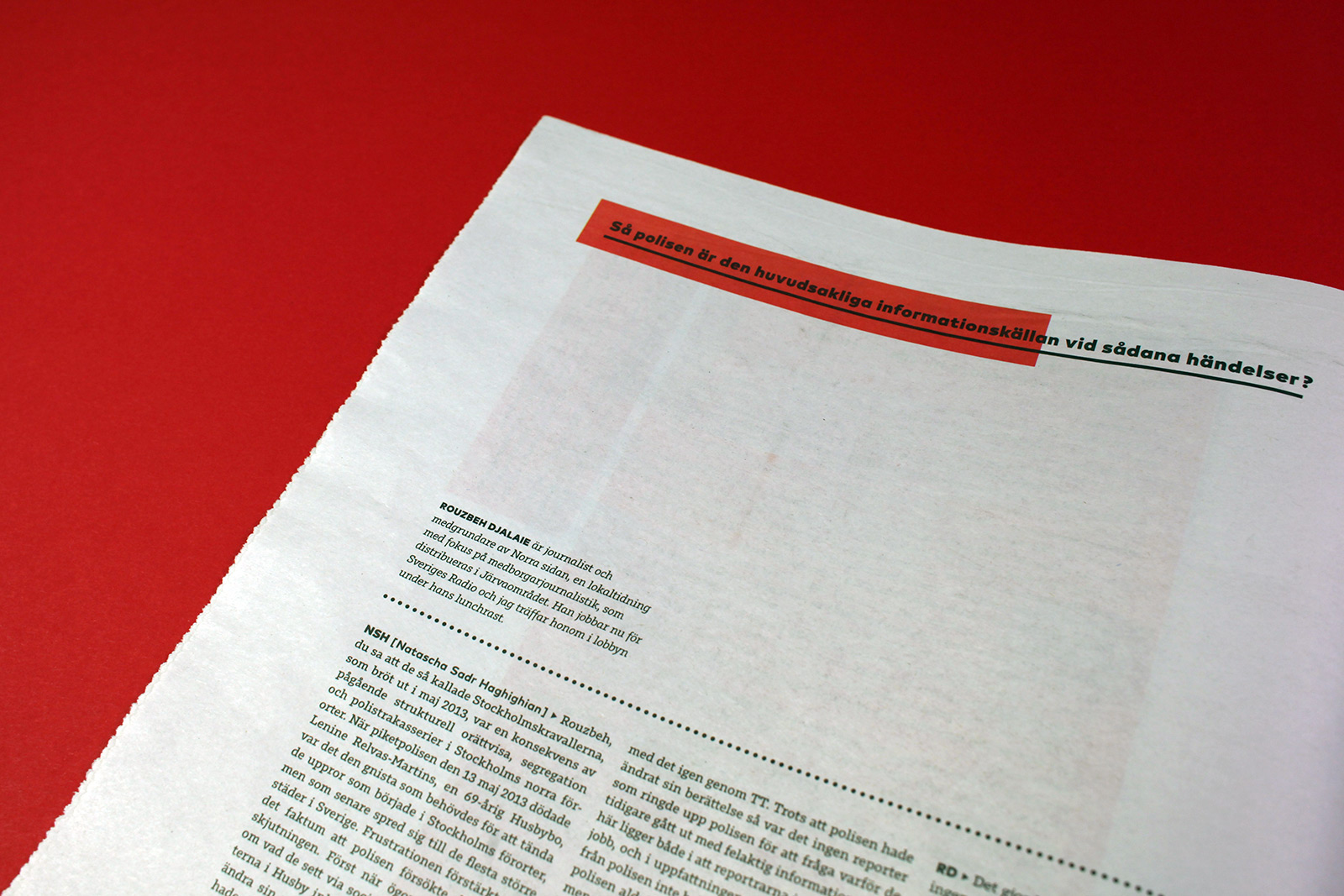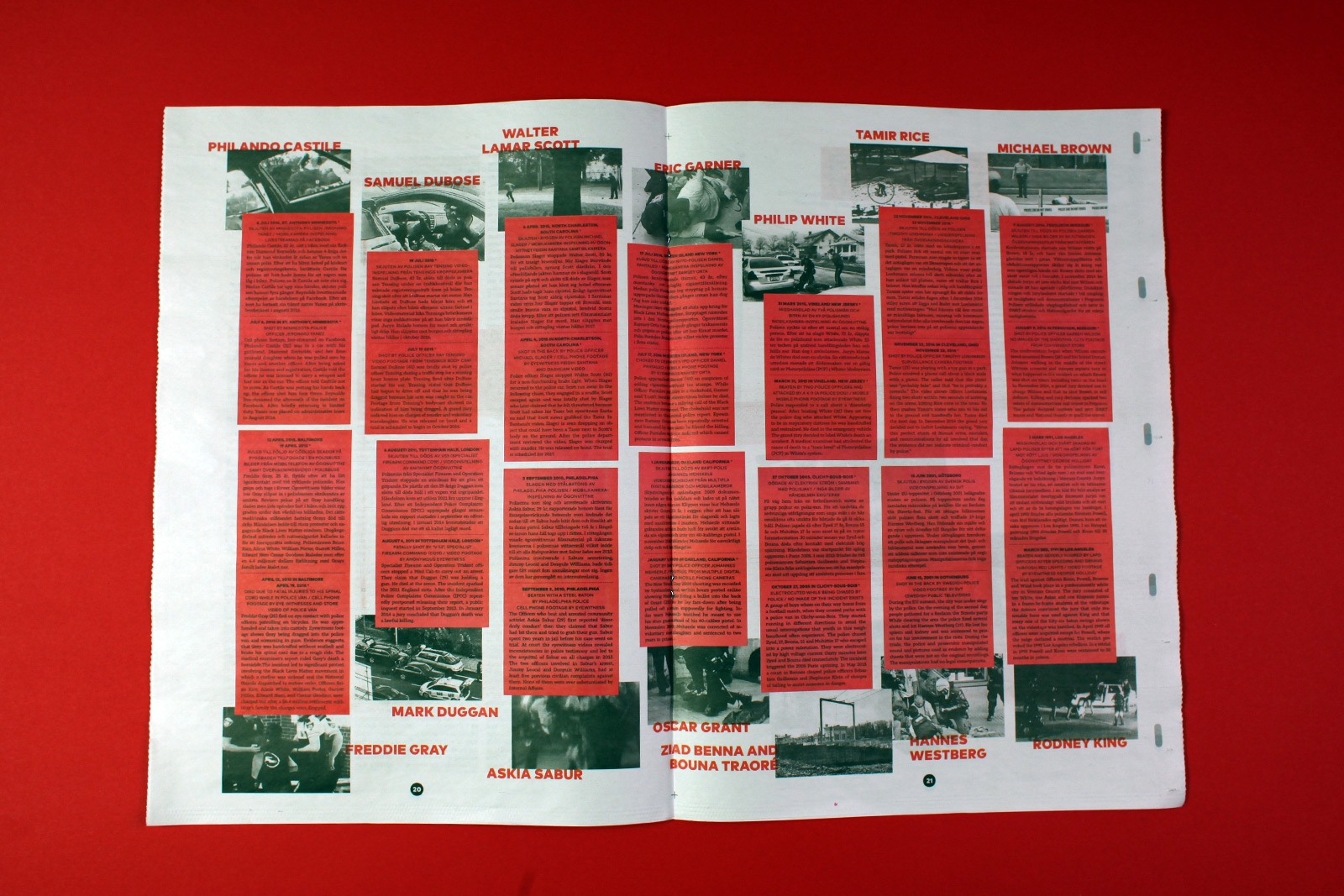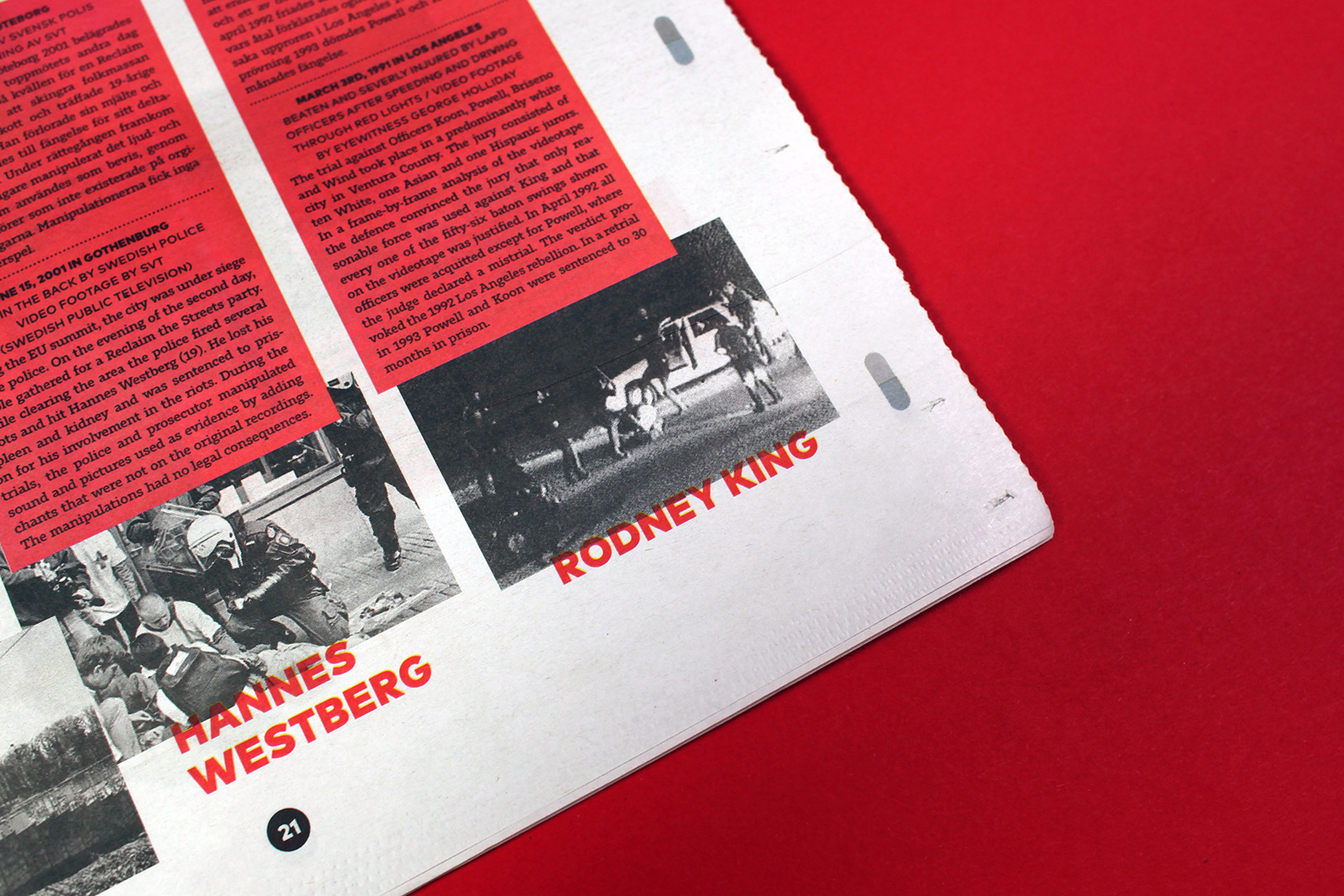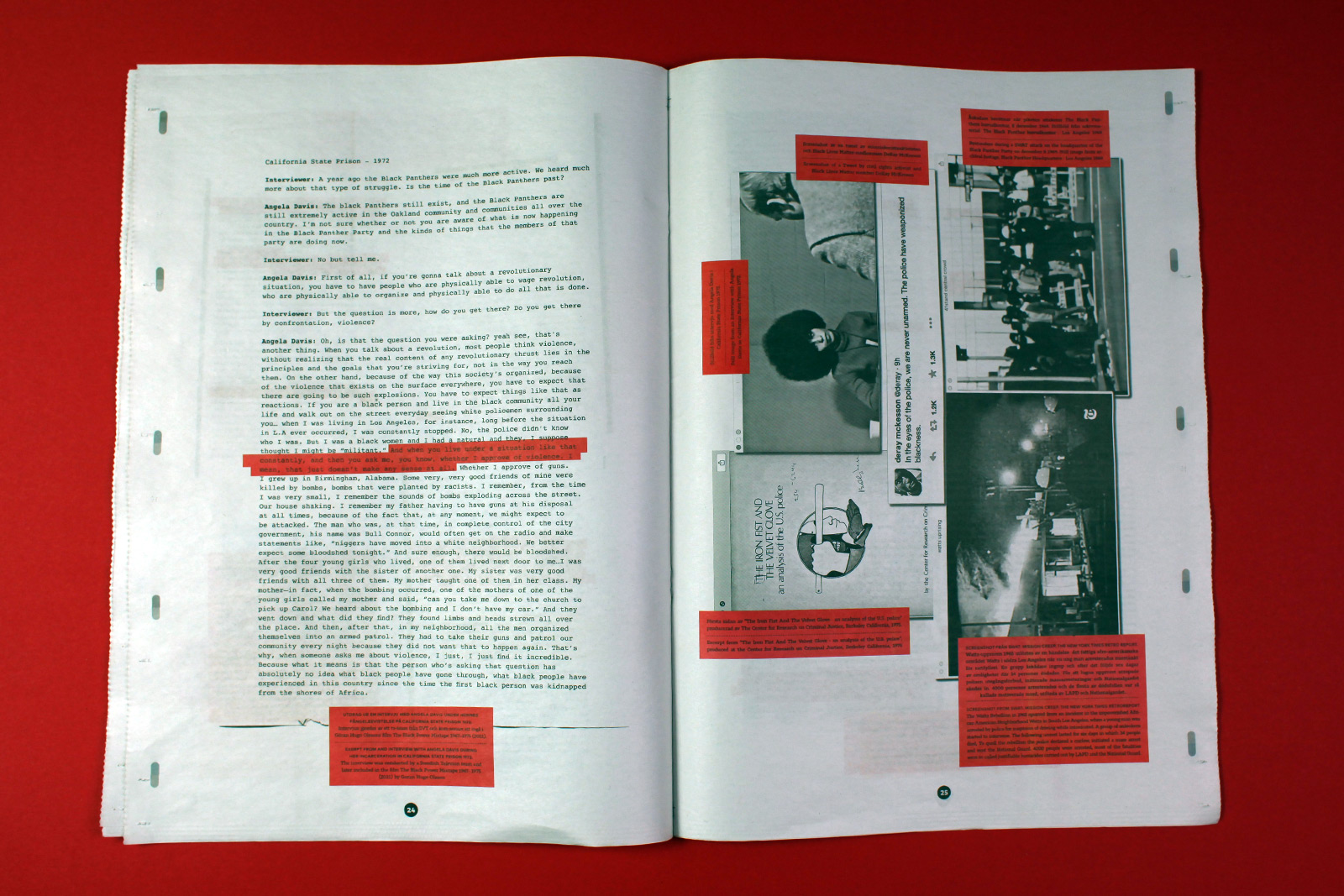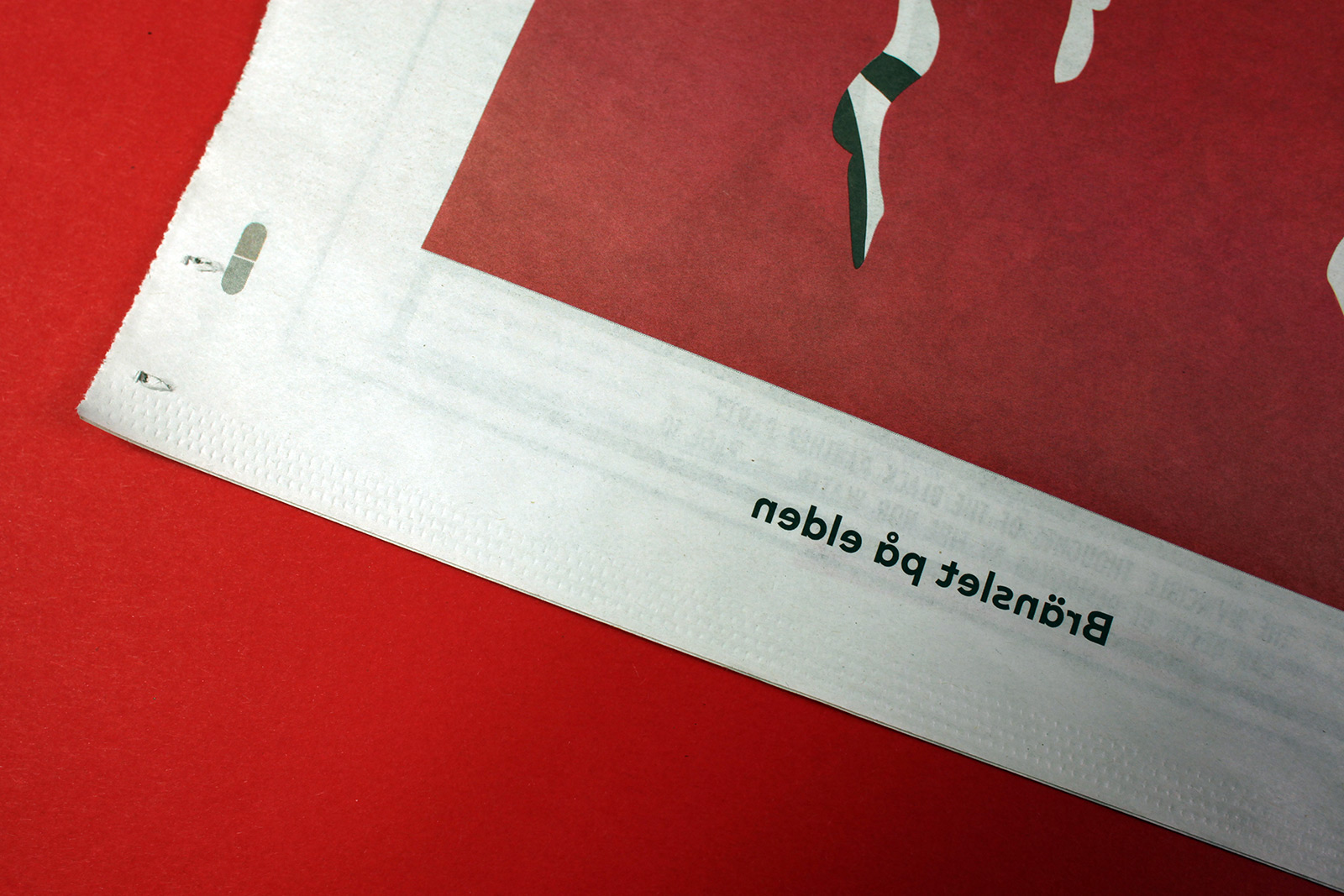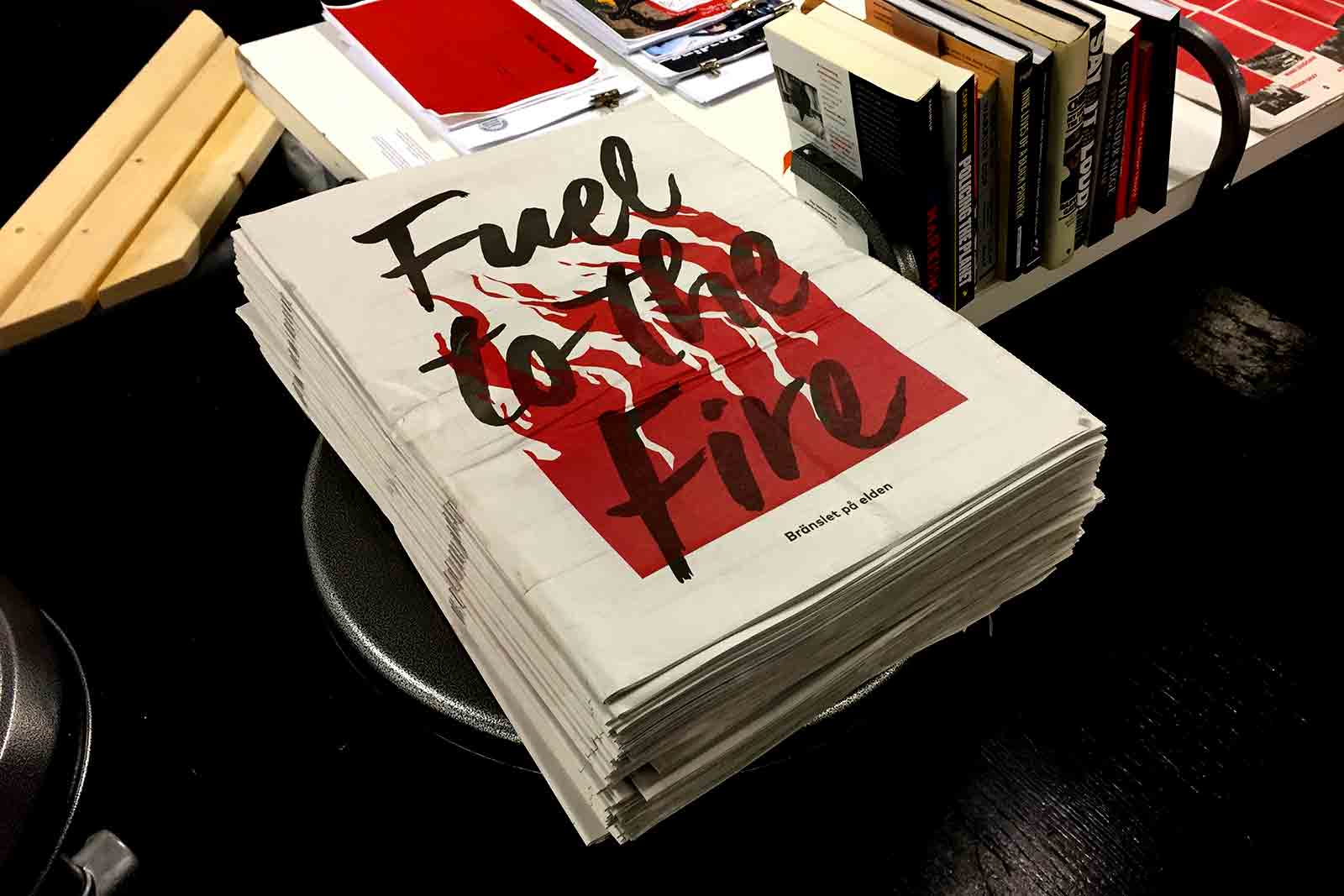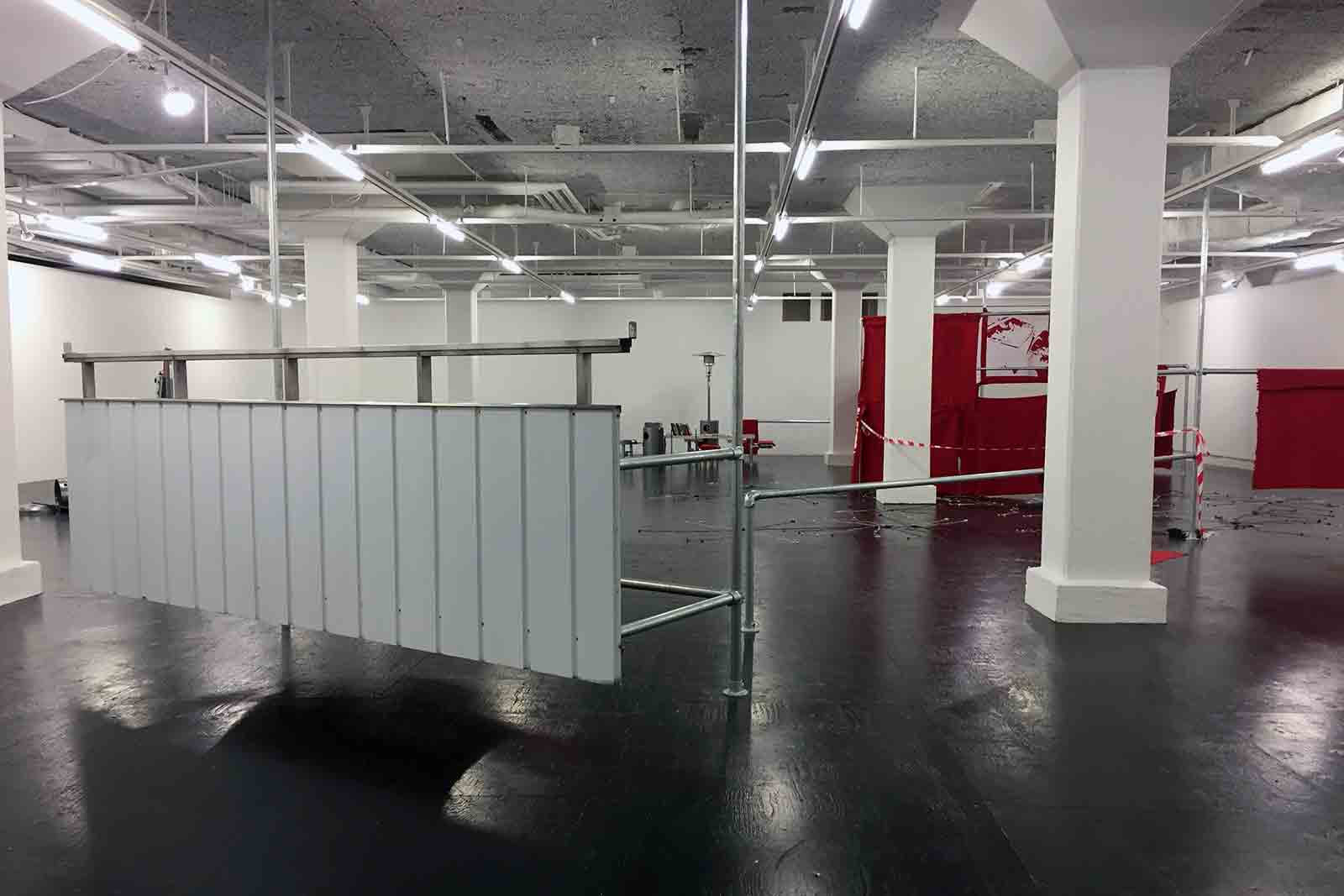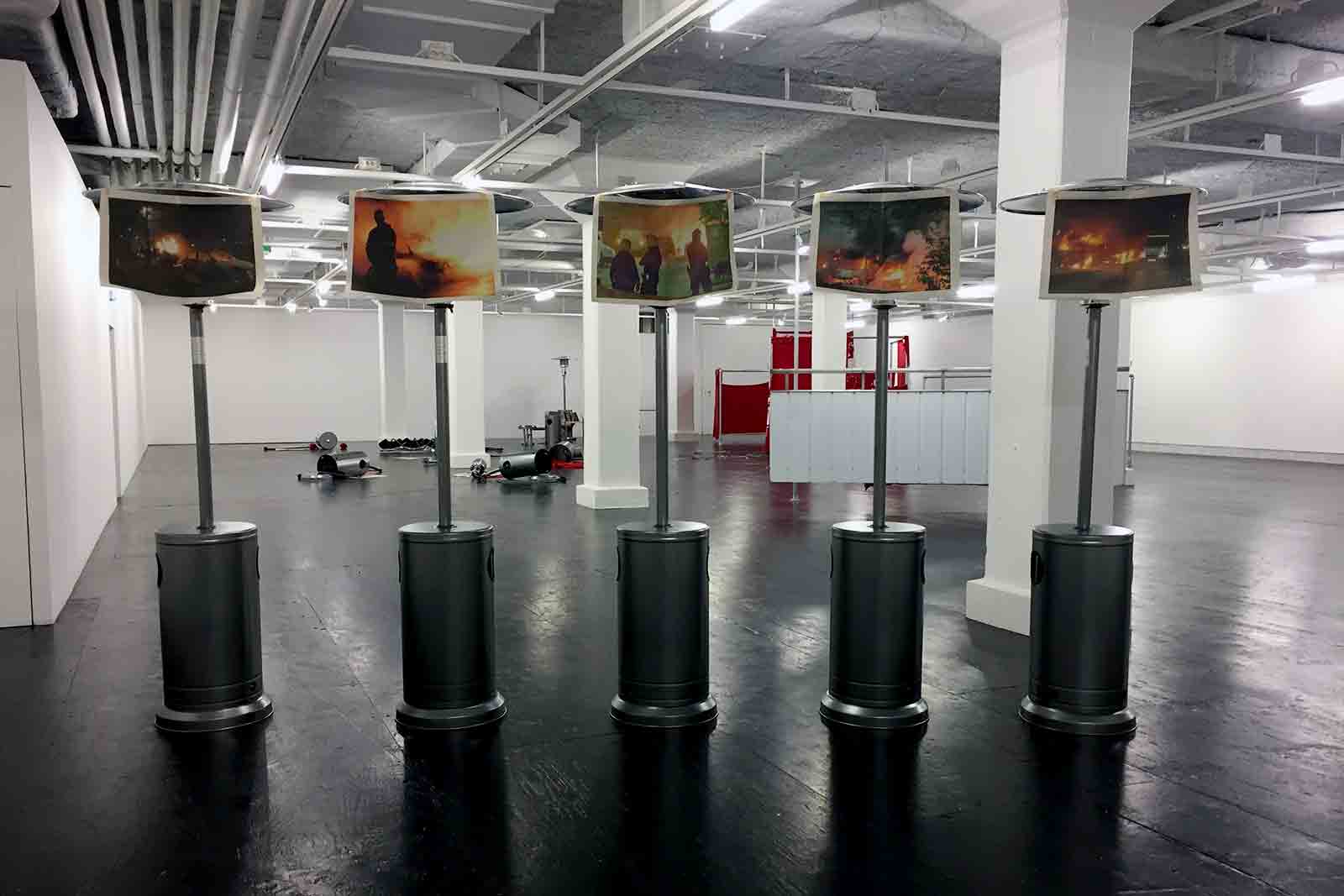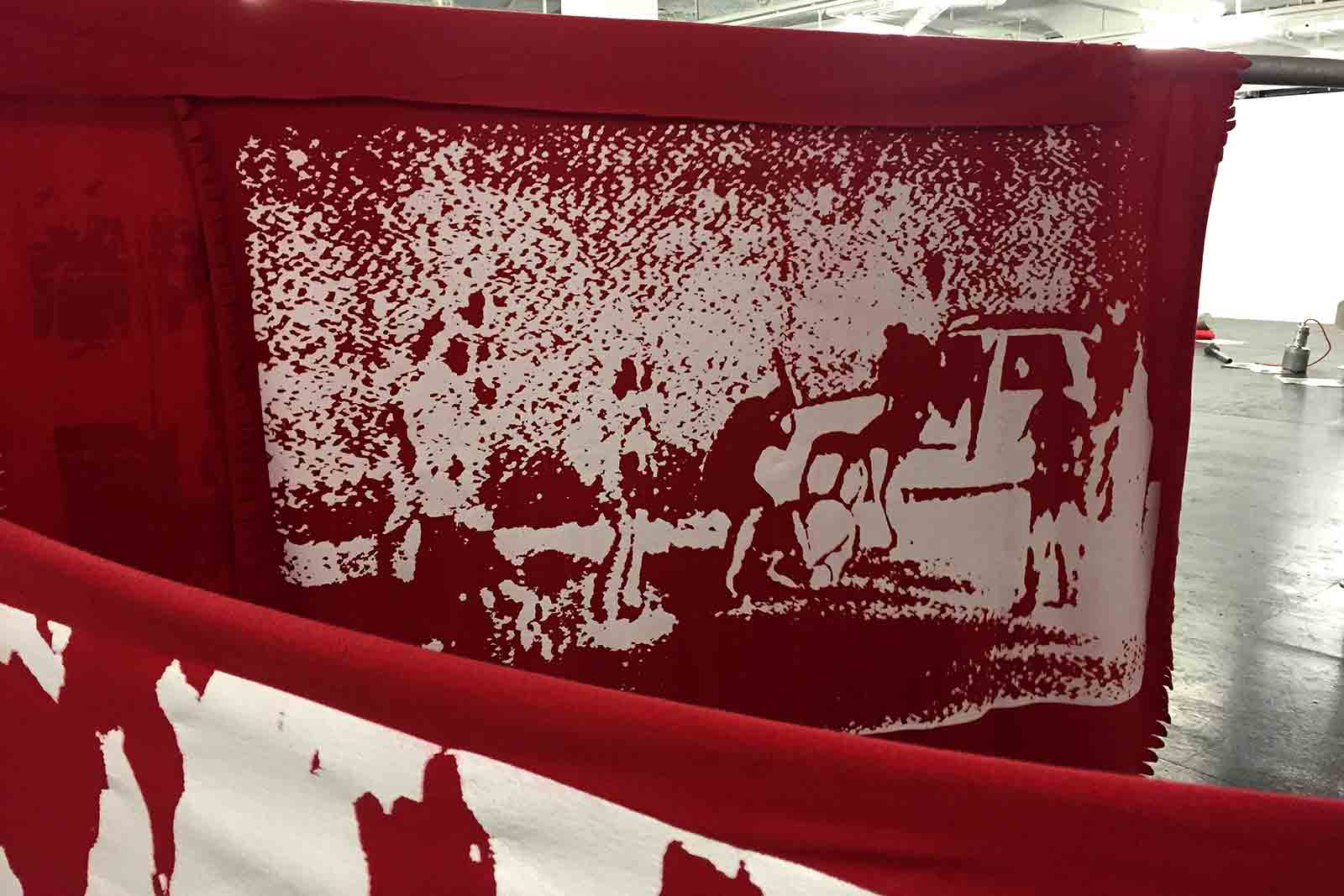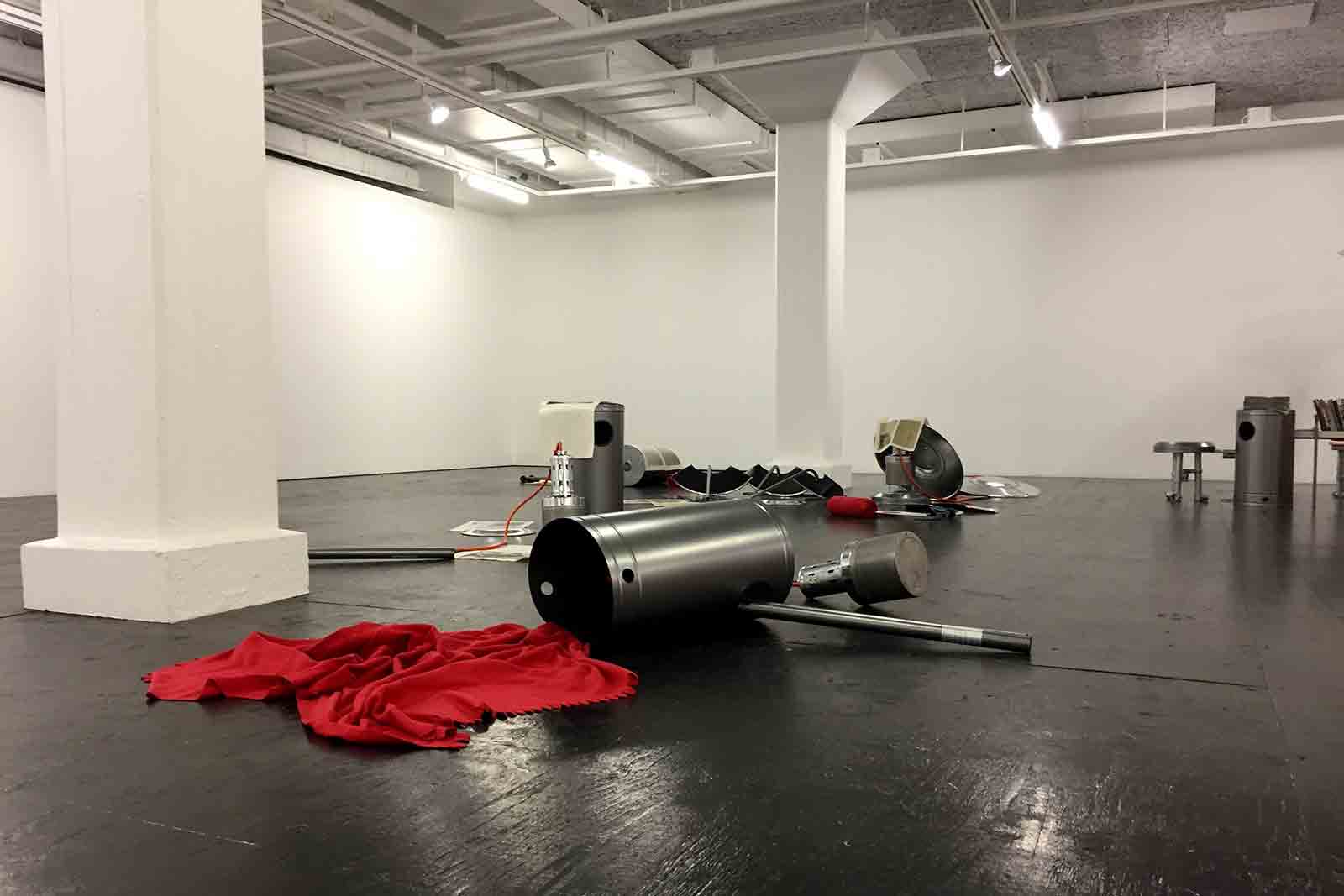Fuel To The Fire
November 2016
Natascha Sadr Haghighian’s new large-scale installation featuring patio heaters, blankets, a full-scale balcony, and a newspaper raises topical issues like the militarization of the police, images as testimonies, and institutionalized racism and violence. Particularly highlighted in the exhibition is what happened in the Stockholm suburb of Husby in May 2013 when Lenine Relvas-Martins, a 69-year-old resident, was shot by Piketen police (SWAT police) in his own apartment. The police had claimed in their report that Relvas-Martins was injured during the incident and taken to a hospital. The images taken by neighbors and freelance journalist Björn Lockström proved that they tried to cover up Relvas-Martins’s death. The incident caused protests in Husby and resulted in a significant uprising in many major cities in Sweden. Fuel to the Fire traces the Piketen police, the Swedish version of the SWAT (Special Weapons and Tactics) police, back to its beginnings in the United States. SWAT was founded in Los Angeles in the late 1960s after the Watts rebellion and was first used during a raid against the Black Panther Party of Self-Defense. The story of the emergence of the SWAT police proves the intimate relation between police militarization, social segregation, and institutional racism.
WITH: Natascha Sadr Haghighian, Setareh Shahbazi, Tensta Konsthall
